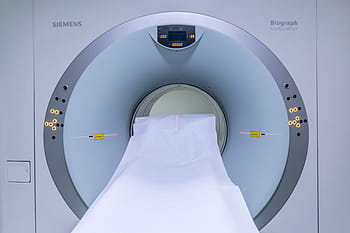Performing a multicentre study in humans, the GLINT consortium evaluated the glucoCEST technique in terms of repeatability and reproducibility. In this study, the partners demonstrated that the method was robust enough to detect the small signal changes expected in vivo at clinical field strengths and were able to show that it is possible to detect a positive glucoCEST signal in glioma patients, while detection of such a signal in solid tumours remains elusive at this stage.
Read up on the GLINT results from the clinical experiements:
- Kim M, et al., Challenges in glucoCEST MR body imaging at 3 Tesla. Quantitative Imaging in Medicine and Surgery 2019
- Herz K, et al., T1⍴‐based dynamic glucose‐enhanced (DGE⍴) MRI at 3T: Method development and early clinical experience in the human brain. Magn Reson Med 2019
- Zaiss M, et al., Chemical exchange saturation transfer MRI contrast in the human brain at 9.4 T. Neuroimage 2018


